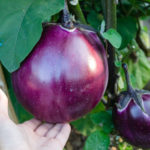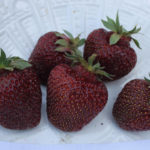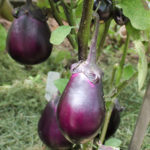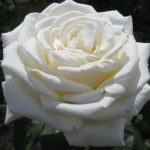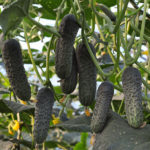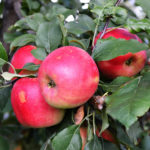Hydrangea paniculata Kyushu
When they talk about such a plant as panicle hydrangea, usually a lush flowering bush with heavy caps of luxurious fragrant inflorescences appears in the mind's eye. A large number of varieties are fully consistent with this picture. However, this flower can be completely different: delicate, graceful - and its appearance is best expressed by the words "lightness", "airiness". The Kiushu variety - that's what kind of culture we will talk about now.
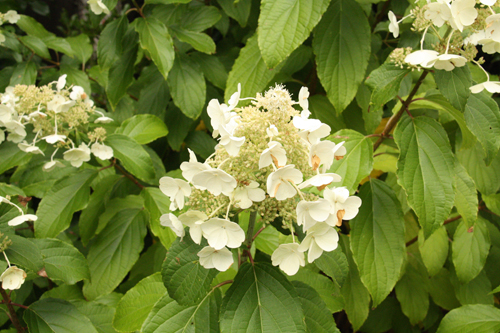
History of appearance
The wild ancestor of the varietal plant was discovered by a British scientist, botanist Collingwood Ingram, back in 1926. It happened on the Japanese island of Kyushu. It is difficult to say exactly when the Kyushu variety was bred, but it is known for certain that it received an honorary award from the Royal Society of Gardeners 25 years ago.
Description of appearance
The culture is a shrub of impressive size: up to 2.5-3 meters in height and width. It is formed by erect, upward-looking shoots of red-brown color. Dark green leaves with a glossy surface, developing on the stems, "sit" on red petioles. It is the sheen of the outside of the foliage that distinguishes Kyushu from other varieties of panicle hydrangea. Shoots form the crown of a bush in the form of a fan or vase.
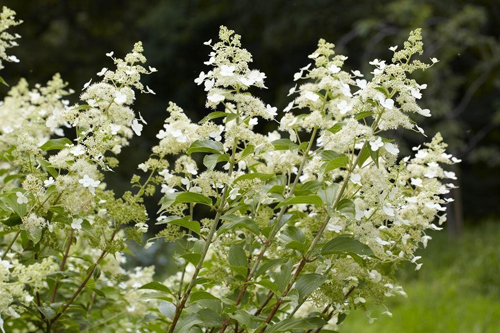
The inflorescences of a noble plant deserve separate words. Long, conical or broad-pyramidal, they consist of snow-white flowers - both sterile, large, arranged in tiers along the entire inflorescence, and small, early decaying fertile ones, of which there are many more. The diameter of each sterile flower is 2.5-3 cm. The length of the inflorescence is 25 cm. The shrub blooms only at 4 or 5 years of age. Large flowering panicles are very fragrant, so a sea of bees flocks to the plant. By the way, Kiushu is a wonderful honey plant.
The first flowers appear on hydrangeas in June or July. Flowering lasts until October. By the end of this period, the flower petals have turned from white to pale pink. As a deciduous plant, the crop sheds its foliage with the arrival of autumn.
Kyushu is a perennial shrub. It can grow on your site for up to 60 years. The plant is highly resistant to cold weather, withstanding frosts down to -34 ° C. It can exist in conditions of high air pollution.

Growing features
It is advisable to place the kiushu in bright places, but at the same time protect it from direct sunlight, so as not to spoil the decorative appearance. If this condition is not met, you will get a slow-growing shrub with small inflorescences. Ideally, plant the flower in partial shade. Choose soil for hydrangea fertile, slightly acidic or acidic, best of all - loam. You can compose the soil yourself from such components (taken in equal parts): sod land, humus, deciduous soil, peat, sand. The higher the acidity of the nutrient medium, the brighter the color of the inflorescences. The neutral pH of the soil under the bush provokes the pallor of the flowers. The plant is uncomfortable on sandy soils. Take care of good drainage when planting. The transplant is not included in the plan of measures for caring for the plant, because the culture does not tolerate this procedure well.
The flower needs regular soil moisture, on hot days - abundant, as well as periodic feeding with ready-made complex mixtures. Fertilizers are applied under the culture once every 2 weeks, starting in spring. At the same time, pruning is also performed - to stimulate the growth of young stems and obtain larger inflorescences. It is not forbidden to carry out and formative pruning of Kyushu. In the first year of the shrub's life, remove all inflorescences.
To prevent diseases 2-3 times per season, treat the hydrangea with a fungicide solution. Shoots can droop, especially in young specimens, so it is better to tie them up and build a support for the shrub so that it retains its shape.
Use cases
Ornamental flowering bushes can be safely planted one by one - they will still create a special atmosphere on your site or in a flower garden. But Kiushu still looks more interesting in group plantings, as well as in special garden compositions: hedges, shrub mixborders. This is a great solution for Japanese gardens. Kyushu is the best suited for landscaping city squares, courtyards, playgrounds, school yards and squares. The attractive look of delicate hydrangea flowers will distract from everyday problems.
